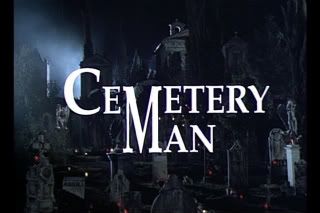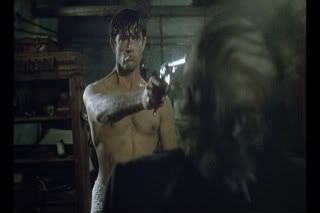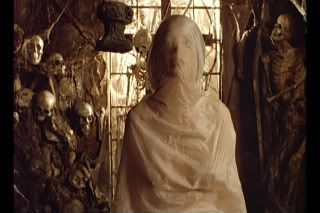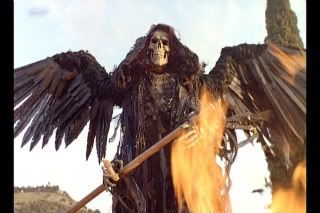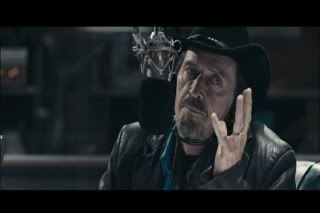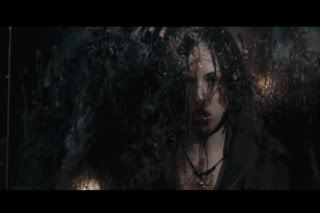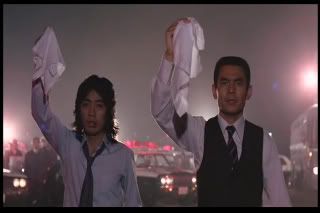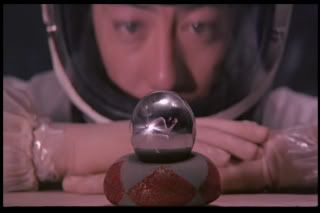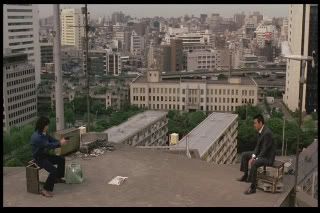Bury any thoughts of Francis Ford Coppola's films before dipping into this enjoyable but minor effort anchored by a strong lead performance from Rod Perry (S.W.A.T.). The Black Godfather is a fairly average blaxploitation production with some strong acting and a fun synth score rescuing it from total mediocrity. While the efforts at making this a "message" film are admirable, the heavy handed moralizing becomes a bit difficult to swallow by the film's end.
Perry stars as J.J., a small time thief rescued by local crime boss Nate Williams (blues musician Jimmy Witherspoon) after a robbery goes wrong. Soon (as in, after the opening credits) J.J. is the Black Godfather, though we don't actually see him commit any crimes. Instead, ol' Nate tries to run all of the heroin dealers out of town, as well as the white mobsters who put them there. Tony Burton (Don Chastain, hamming it up), doesn't take kindly to being leaned on, and soon he's all up in JJ's area. Will is all come down to a gunfight in a hospital basement? You bet it will.
I do have to give director John Evans credit for trying something a little different, and a little less exploitive, with his film. While the message of black solidarity and freedom from white oppression is conveyed through lots of talky dialogue scenes, at least the message comes through clearly and is made palatable through some occasionally sharp writing and charismatic performances. It's never subtle, but it's also rarely boring.
But more of the credit has to go to Rod Perry who shows off his chops and makes an appealing lead, even if you have to wonder when he gets a chance to commit actual crimes between personal crusades. As his mentor Jimmy Witherspoon won't be winning any awards, but his presence brings gravitas to the role. Better is Tony Burton (Apollo Creed's trainer in the Rocky films) who is a lot of fun as Nate's surly bodyguard. Don Chastain is required to be white and a douchebag, and does both very well.
As with most 70s blaxploitation films, this one comes equipped with a hip soul music soundtrack. The original songs by Martin Yarborough are a bit cheeseball, but the synth & bongos score goes over well and brings a little fun to what is an often humorless production. Though, there's plenty of humor to be found in the decor and clothing choices. Expect lots of frills and plaid.
Once again taken from the Millcreek 50 Kung-Fu Film collection, the fullscreen image is dark and murky. Thankfully, most of the film takes place during the day, though the night scenes - particularly a climactic airplane explosion - are a little hard to make out. The film appears to have been transferred from a VHS source, with occasional tracking lines. Audio is equally shaky, but dialogue isn't hard to make out.
Thanks to some strong performances The Black Godfather mostly overcomes a slow pace and preachy script. It's light on action, but worth the time for fans of blaxploitation and "take back the street" pictures.














